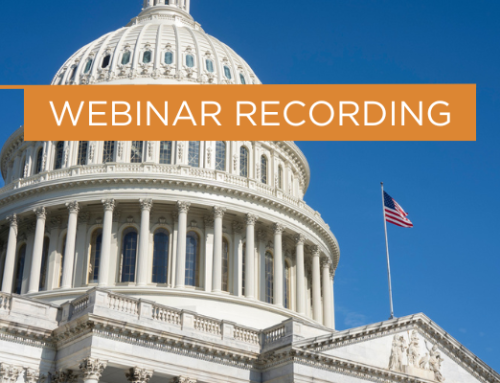On December 22, 2017, Congress passed the 2017 Tax Cut and Jobs Act (TCJA), which was the most significant tax legislation in over 30 years. The 2017 TCJA included a new code section 512(a)(6) requiring that exempt organizations silo net operating losses by separate unrelated business activity. An organization with more than one unrelated trade or business is now required to calculate unrelated business taxable income separately with respect to each trade or business. Congress intended that a deduction from one trade or business may not be used to offset income from a different unrelated trade or business for the same taxable year. Due to section 512(a)(6), the IRS has overhauled the 2020 Form 990T “Exempt Organization Business Income Tax Return” and created a new Schedule A “Unrelated Business Taxable Income From an Unrelated Trade or Business” to allow reporting of separate unrelated business activities.
The Form 990T has been revised:
- Total UBTI and the total tax are now calculated on Page 1 instead of Page 2
- Schedule A replaces Schedule M for reporting separate trades or businesses
- Form 990T is now only two pages
- Taxpayers must complete a corresponding Schedule A for each trade or business, each Form 990T will have at least one Schedule A
- Part IV includes a new line 4a inquiring “Did the organization change its method of accounting?”
Schedule A highlights include the following:
- Part VI relates to interest, annuities, royalties, and rents from a controlled organization, which replaces Schedule F
- Part VII relates to investment income of a Section 501(c)(7), (9), or (17) organization, which replaces Schedule G
- Part VIII relates to exploited exempt activity income, other than advertising income., which replaces Schedule I
- Part IX relates to advertising income, which replaces Schedule J
- Part X relates to compensation of officers, directors, and trustees, which replaces schedule K
On December 2, 2020, the IRS issued final regulations to provide guidance on how exempt organizations should calculate unrelated business taxable income. These new regulations advise that exempt organizations should look to the North American Industry Classification System (NAICS) code for determining separate trade or business activities. The regulations note that exempt organizations should use the first two digits of the NAICS code for classifying unrelated trades or businesses.
IRS Regulation 1.512(a)-1(c) promulgates where facilities are used both to carry on exempt activities and to conduct unrelated trade or business activities, expenses, depreciation and similar items attributed to such facilities shall be allocated between the two uses on a reasonable basis. Similarly, where personnel are used both to carry on exempt activities and to conduct unrelated trade or business activities, expenses and similar items attributable to such personnel shall be allocated between the two uses on a reasonable basis.
Now that exempt organizations are required to report unrelated trades or businesses separately on Schedule A of Form 990T, there will be additional complexities of allocating expenses between exempt activities and unrelated business activities.
Also new for 2020, Form 990T must now be electronically filed with the IRS. Prior to 2020, Form 990T could only be processed as a paper return. But now the IRS requires that taxpayers file Form 990T electronically.
Below are links to the 2020 version of Form 990T and Form 990T Schedule A.
https://www.irs.gov/pub/irs-pdf/f990t.pdf
https://www.irs.gov/pub/irs-pdf/f990tsa.pdf
If your organization has multiple unrelated business activities be sure to prepare a separate Schedule A for each unrelated business activity. There can be additional complexities when allocating expenses between multiple unrelated business activities. If you have questions or challenges when addressing multiple unrelated business activities, reach out to a PBMares tax professional on the Not-for-Profit Team for additional guidance.





